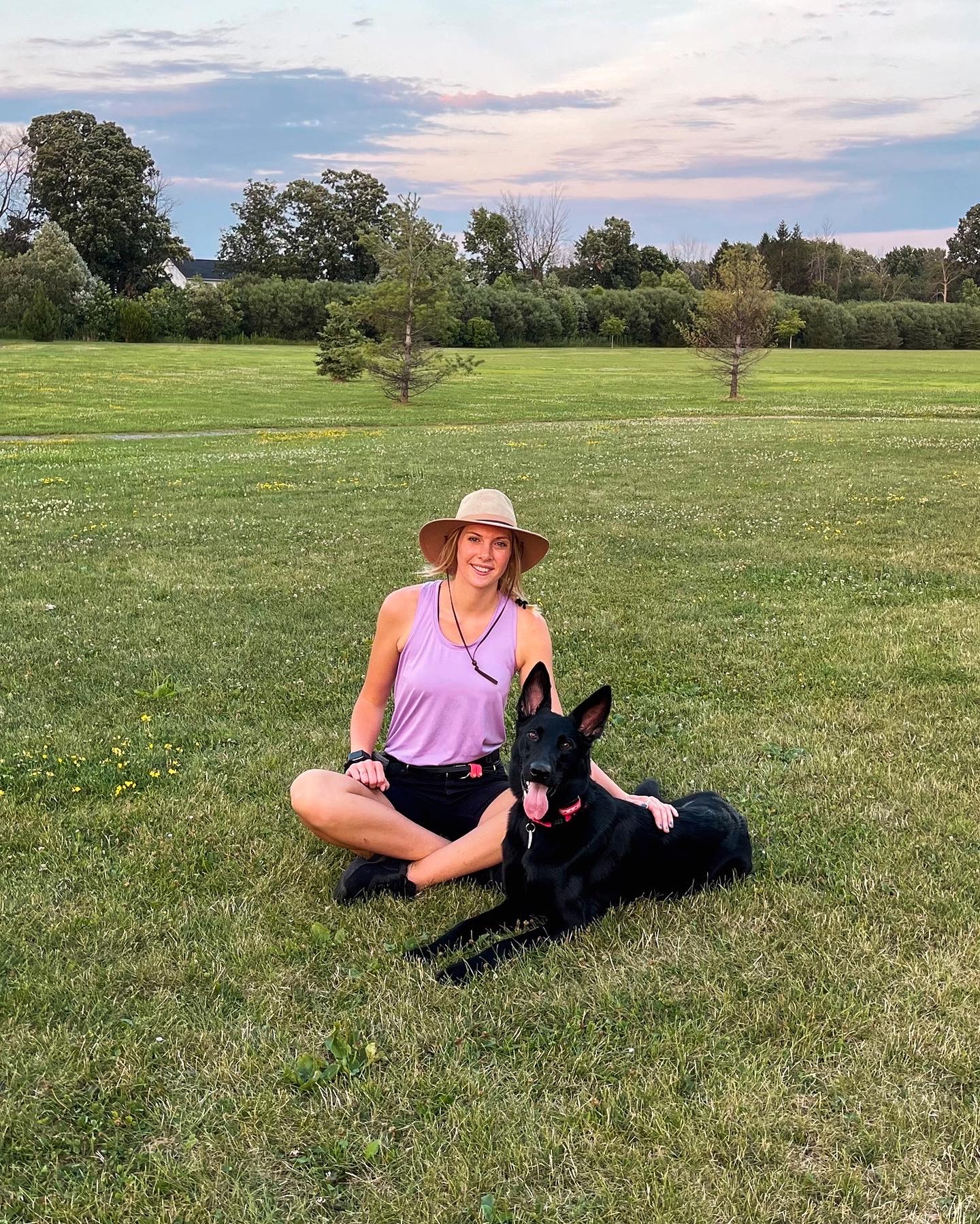How to Choose the Right Dog Toys for Your Pup
- Bailee Smalt

- Jul 23
- 2 min read

Selecting the right dog toy is essential for your dog’s safety, mental stimulation, and enjoyment. Not all toys are created equal, and every dog’s chewing and play style can vary. Picking the wrong toy can lead to safety hazards, while the right toy can keep your dog entertained and mentally engaged. Here’s how to make the best choices.
1. Know Your Dog’s Destructiveness
Each dog has a unique chewing style:
• Gentle Chewers
• Moderate Chewers
• Power Chewers
Always match the toy’s toughness to your dog’s chewing strength to avoid broken pieces or choking hazards.
2. Avoid Unsafe Toys
Some toys can be dangerous regardless of your dog’s chewing style. Stay away from:
• Tennis Balls or Compressible Balls: These can break apart or compress, posing a choking risk or damaging teeth.
• Rawhides: Made with glue and chemicals that can cause intestinal blockages.
• Toys with Ribbons or Small Parts: Pieces can be chewed off and swallowed.
3. Stick to USA-Made Toys
USA-made toys follow stricter safety standards and labor regulations, meaning fewer harmful materials and safer designs. Look for “Made in the USA” labels to ensure you’re buying high-quality, non-toxic toys.
4. Not All Toys Are for Unsupervised Play
Many toys are designed for interactive sessions only:
• Rope Toys, Plush Toys, and Squeakers: Best for supervised play to avoid swallowed parts.
• High-Stimulation Toys (like flirt poles or jolly balls, tug toys): Only use when you’re actively engaging with your dog
• Safe Solo Options: Hard rubber toys (like KONGs filled with peanut butter or frozen treats) are better for unsupervised chewing.
5. Rotate Toys and Check for Wear
Regularly inspect toys for cracks, missing pieces, or frayed edges. Rotate them weekly to keep your dog interested and reduce wear.
6. Play Fetch Safely
If your dog loves fetch, follow these tips:
• Use two balls of equal size (but not tennis balls!) to encourage dropping.
• Avoid high throws to prevent injury — keep throws at or below waist height.
• If your dog doesn’t drop the ball, simply show them the other one instead of pulling the first out of their mouth.
Final Thoughts:
The right dog toys will depend on your dog’s chewing style, size, and preferences. Always choose durable, USA-made toys, avoid risky options like rawhides and compressible balls, and supervise when needed. By picking the right toys and using them safely, you’ll protect your dog while providing mental and physical enrichment.

Comments